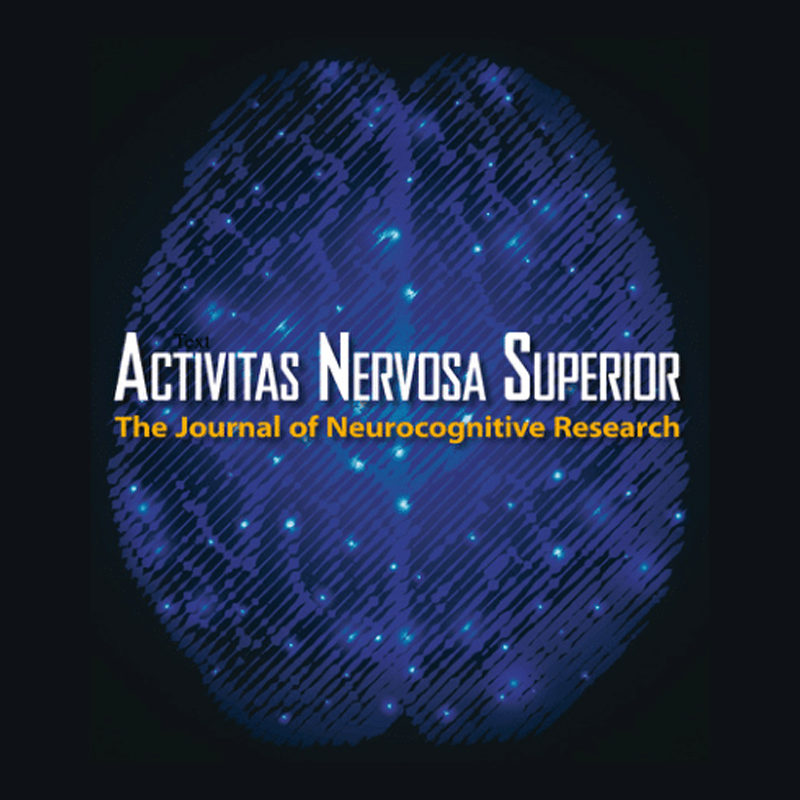Wahbeh, H., McDermott, K., & Sagher, A. (2018). Dissociative symptoms and anomalous information reception. Activitas Nervosa Superior, 60(3-4), 75-85. https://doi.org/10.1007/s41470-018-0023-6
Abstract
The belief and prevalence of self-report anomalous information reception (AIR) is widespread worldwide. Some argue that these experiences are a dissociative type of pathology. However, researchers have found conflicting dissociative symptoms in people who claim AIR, with some studies demonstrating differences between those that do and do not endorse AIR experiences and other studies showing increased dissociative symptoms but not at a pathological level. The purpose of this study was to analyze the relationship of dissociative symptoms to self-report AIR experiences in a large secondary dataset of 2215 participants. Participants were mostly middle-aged, Caucasian, well-educated, not in relationship, middle- to upper-class adults from the USA who were raised Christian but now identify as “Spiritual but not religious.” The occupations were quite varied. The AIR experiences usually began in childhood, and most participants had family members with similar experiences. Clairempathy (87.9%) or the ability to feel the emotions of another person or non-physical entity and claircognizance (88.1%) or the ability to understand or know something without any direct evidence or reasoning process were the most commonly endorsed AIR experiences. They also had the highest weighted scores that summed AIR endorsement, and perceived strength, frequency, and accuracy. Pyrokinesis, levitation, and psychic surgery were quite rare. The mean Dissociation Experience Scale score for all participants was 15.4% ± 17.3. Variability in the total weighted AIR experience score (R-squared, 0.34) was accounted for by the Dissociation Experience Scale score, age, quadratic age, race, education, income, relationship status, family history of AIR experiences, childhood spirituality and importance, and current spirituality and importance (F (26, 1670) = 34.2, p < 0.00005). More research is needed to examine the impact of AIR on people’s lives and functionality when having AIR experiences.
